The strange case of the Negroni revolution
Sharp and complex, the bitter-sweet Italian digestif Amaro is enjoying a new-found popularity on British shores, says Flora Watkins.
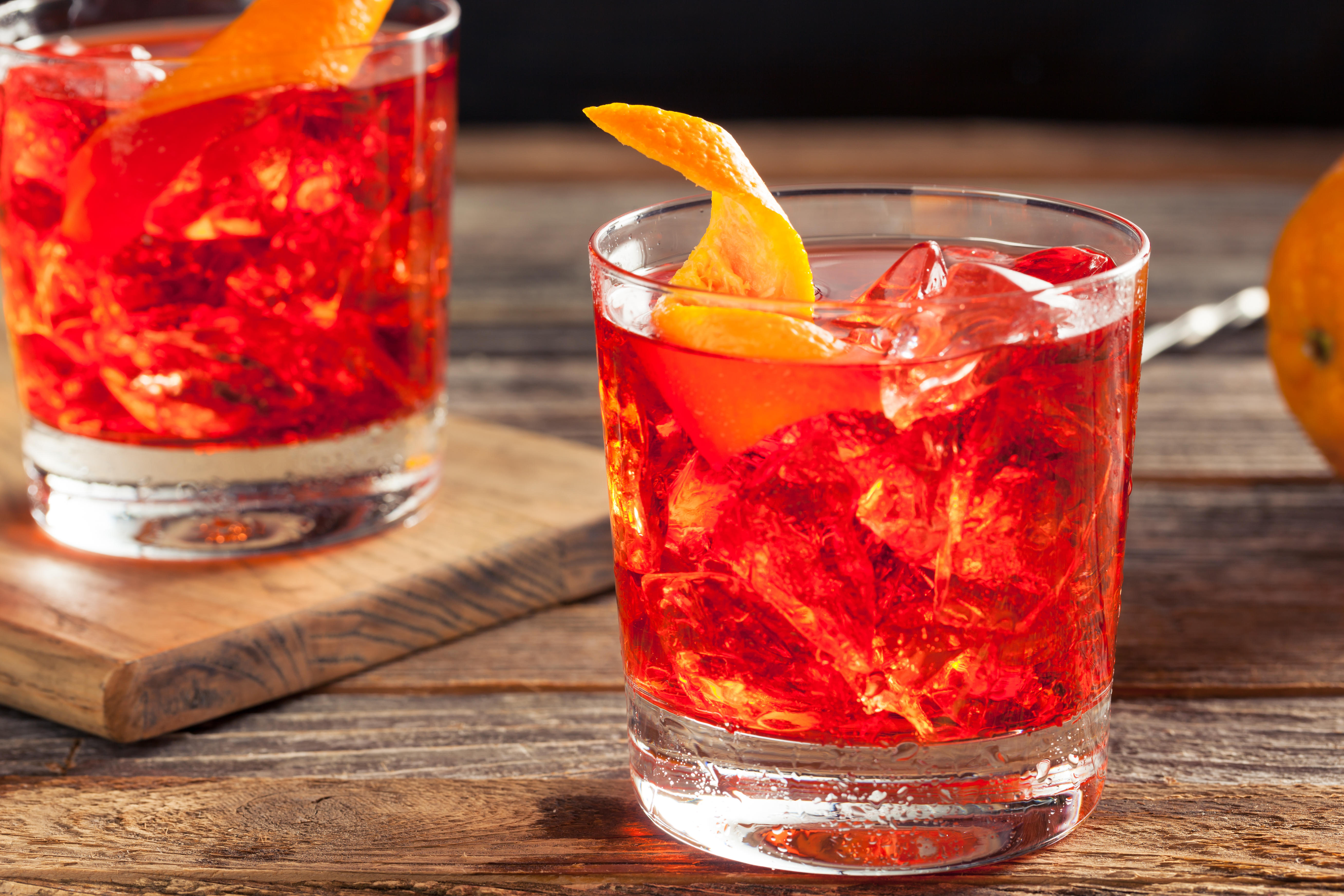

According to bartending folklore, it’s 100 years since Count Camillo Negroni walked into Caffè Casoni, Florence, and asked for a stronger version of his usual tipple, an Americano. The barman obliged by adding gin (rather than the normal soda water) to vermouth and Campari – and a classic cocktail was born.
The true provenance of the Negroni may be lost in a haze of botanicals (as the late chef and author Anthony Bourdain observed of his ‘perfect drink’, it will ‘hit you like a freight train after four or five’), but, since its creation in 1919, it’s become the second-most requested cocktail in the English-speaking world.
Nick Williamson of Campari UK confirms a ‘real resurgence’ is under way, with UK sales of Campari up by 37% last year, compared with 2017. This summer, the company will mark the centenary of Count Camillo’s concoction with a launch party for Negroni Week (June 24–30), at which 100 variations of the cocktail will be served.
‘When I took over, nobody ever touched it. Now, we go through one bottle every two weeks and Aperol is as famous as Pimm’s.’
It has taken a long time for British tastebuds to catch up with the count’s. The bitter kick of a Negroni’s key ingredient, Amaro (usually in the form of Campari), has long been enjoyed as a digestif in Italy. Here, however, it hasn’t been to everyone’s taste – blame our unsophisticated palates and those 1970s ‘Luton Airport’ adverts with Lorraine Chase and her Campari and lemonade.
‘In Italy, wherever you go, there will be the local Amaro,’ says Alessandro Palazzi, head barman at Dukes hotel in St James’s (‘Shaken, not stirred’, December 12/19, 2018). ‘They’re mainly drunk after dinner, on ice or straight, to help the digestion. My uncle drank it as a corretto – an espresso with 10ml of Amaro.’
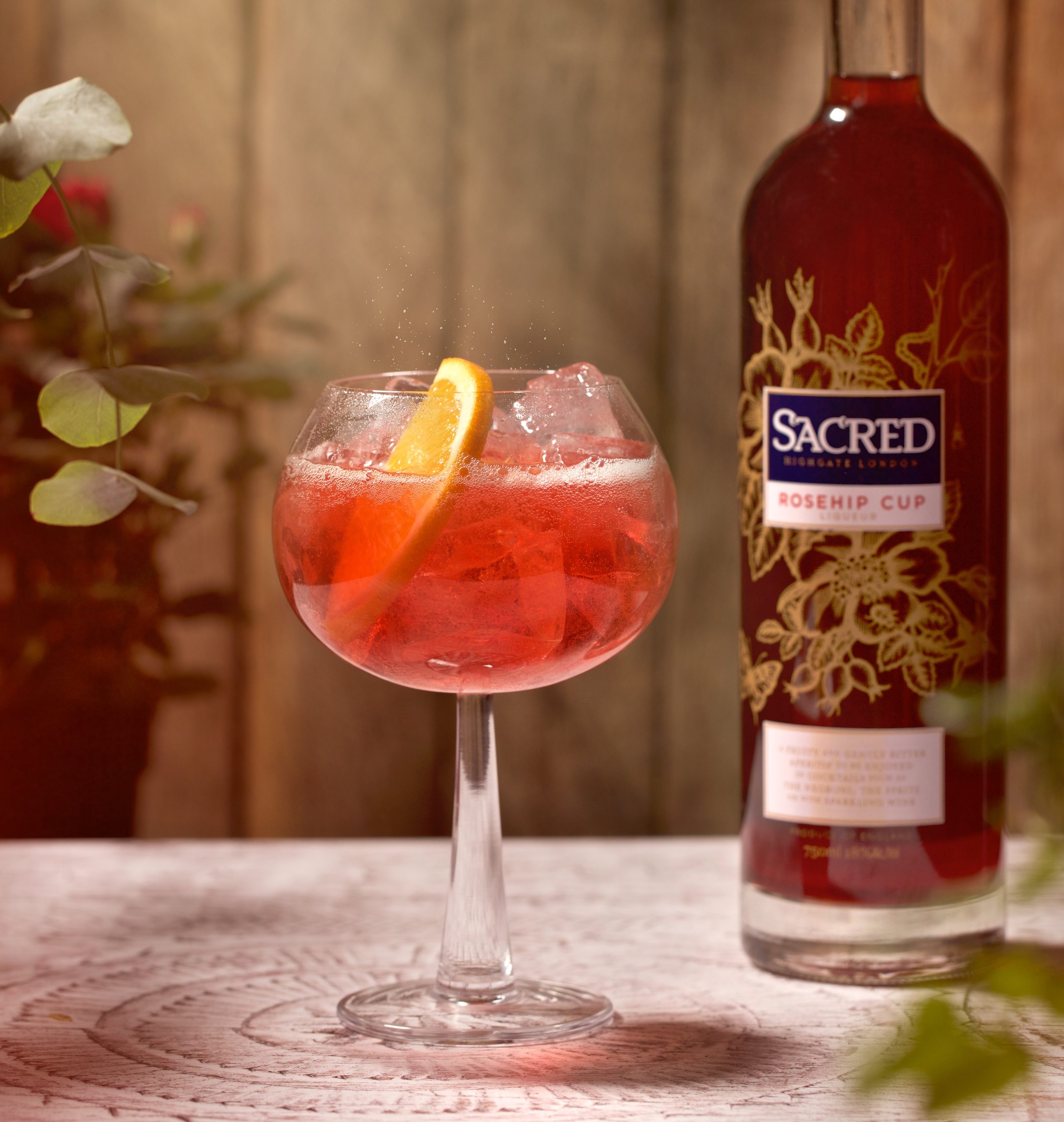
When Mr Palazzi arrived in London in 1975, the only Amaro he encountered was the odd bottle of Fernet-Branca in an Italian restaurant. ‘When I took over, I introduced an Amaro called Cynar, made with artichoke,’ he recalls. ‘Nobody ever touched it. Now, we go through one bottle every two weeks and Aperol is as famous as Pimm’s.’
Aperol – Campari’s slightly sweeter, orange-hued sibling – has enjoyed an even steeper rise in sales: up 56% in the UK last year. Mr Williamson, who has overseen Aperol Spritz (Aperol, Prosecco and soda, with a slice of orange) ousting Pimm’s as the go-to drink for many when the sun comes out, attributes this success to ‘a broader trend for bitter tastes and flavours; dark chocolate, kale, espresso’.
Sign up for the Country Life Newsletter
Exquisite houses, the beauty of Nature, and how to get the most from your life, straight to your inbox.
For Ian Hart of Sacred Spirits distillers of Highgate, London N6, the new popularity of Amaro ‘makes perfect sense, after the rise of gin, vermouth and cocktail culture’. Mr Hart began working on his own Amaro ‘initially, to produce the missing element in a Negroni’ (he already produced a gin and a spiced English vermouth made with English wine).
‘That first sip is confusing and not particularly pleasant,’ he said of the Negroni. ‘But man, it grows on you.’
In the quest to make ‘something that was red, bitter and had complex herbaceous and spice elements’, Mr Hart incorporated oris root, Peruvian ginger and a number of other distillates, together with the gentian root that gives Amaro its characteristic bitterness. The distinctive colour of his Rosehip Cup – ‘we decided that, rather than giving it an unconvincing Italian name, we’d give it an English name’ – is achieved with grape skins. Mr Palazzi uses Rosehip Cup, as well as Sacred Gin and Sacred English Spiced Ver-mouth, to make the London Negroni at Dukes.
Mr Hart also produces a bottled Negroni. ‘It ages very well in bottles, it matures and softens,’ he divulges. ‘Mark Hix has it on his menu – he calls it the Full English Negroni.’ With his summery Rosehip Spritz, he aims to provide the weddings market with an English alternative to an Aperol Spritz.
Although Mr Williamson concedes ‘more Aperol is drunk in the summer than winter’, he sees it as ‘a great start to your evening, whatever the weather’. Food writer Valentina Harris serves Campari soda at her Christmas drinks parties as the vibrant red colour ‘makes everything look festive’. That glorious colour is extremely Instagram-friendly, which helps drive its popularity with millennials.
If you’re yet to be converted, now is the time to give it a try. Just keep Bourdain in mind. ‘That first sip is confusing and not particularly pleasant,’ he said of the Negroni. ‘But man, it grows on you.’ Cin cin.
How to make a Rosehip Spritz
- 2 parts Sacred Spirit Rosehip Cup
- 3 parts sparkling wine (Nyetimber is best)
- 1 part soda
- Serve in a large wine glass with ice and a slice of orange
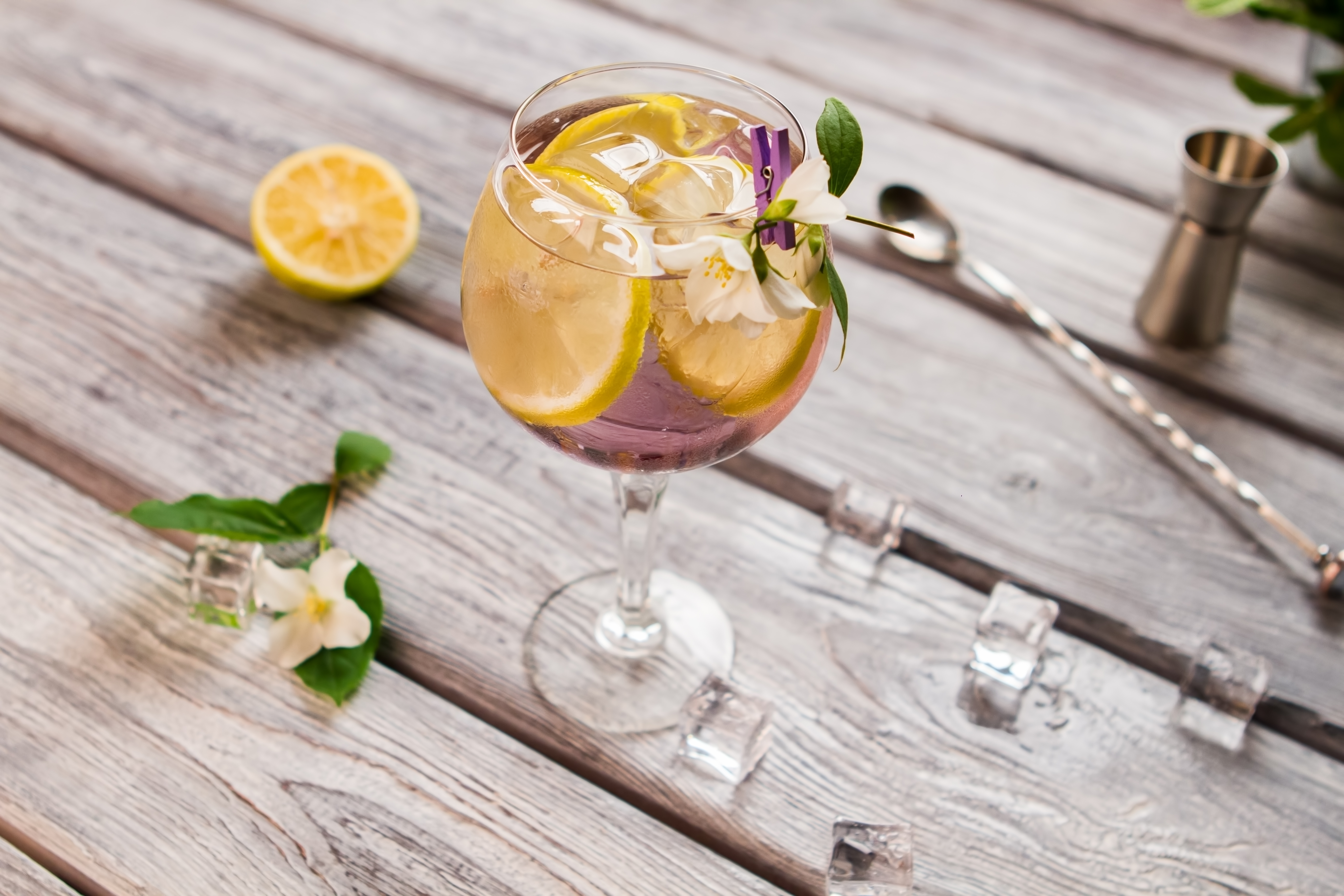
Credit: PetsPyjamas
Five gin cocktails to try this weekend in honour of World Gin Day
To properly mark World Gin Day on Saturday 8th June, we've pulled together five of the very best gin cocktail
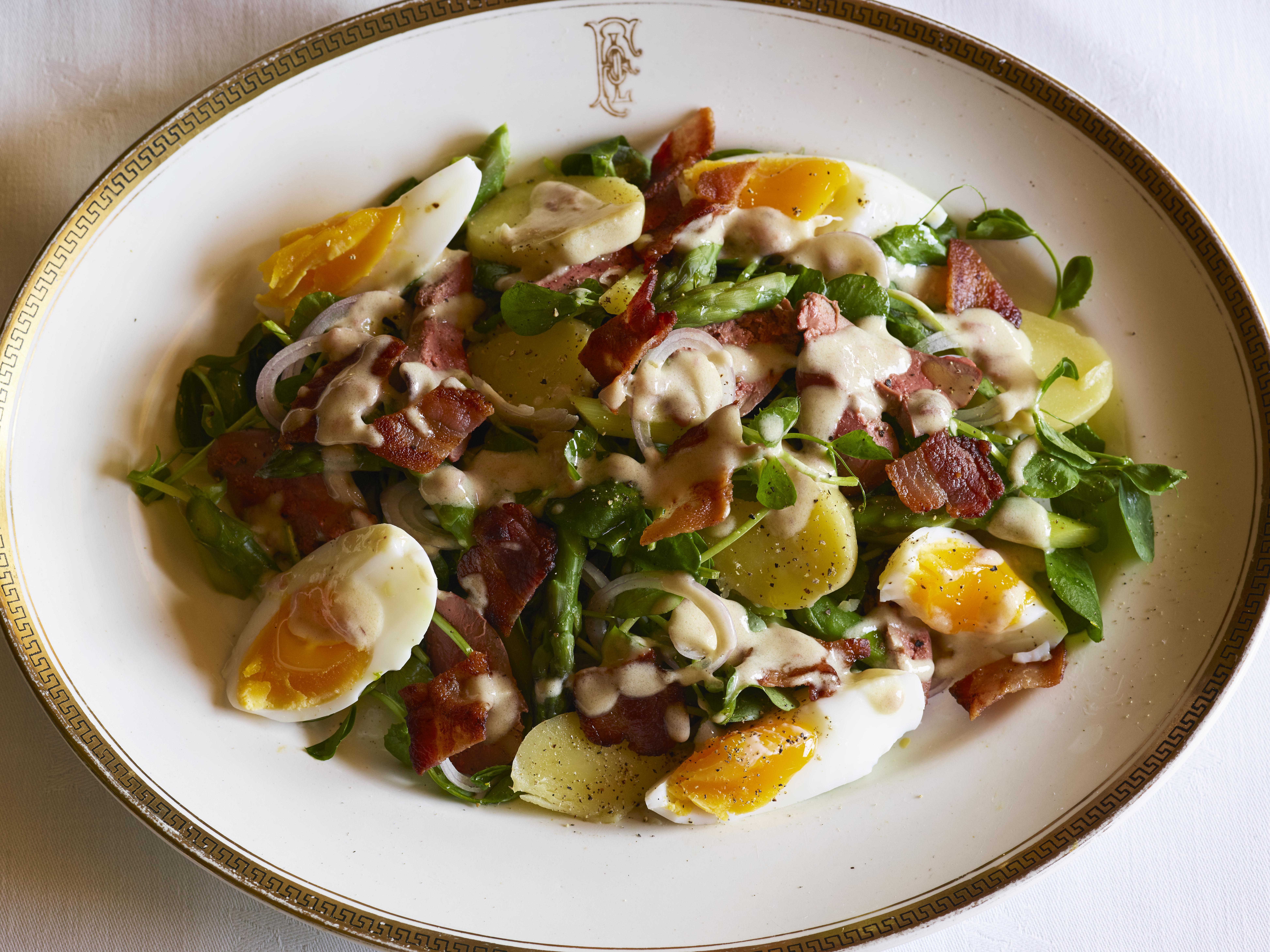
Credit: Simon Hopkinson
How to make Simon Hopkinson’s warm, summery salad with asparagus, bacon and an unusual touch of chicken
Tender, pink chicken livers, young asparagus and pea shoots are perfect with a creamy vinaigrette of sherry and Dijon mustard
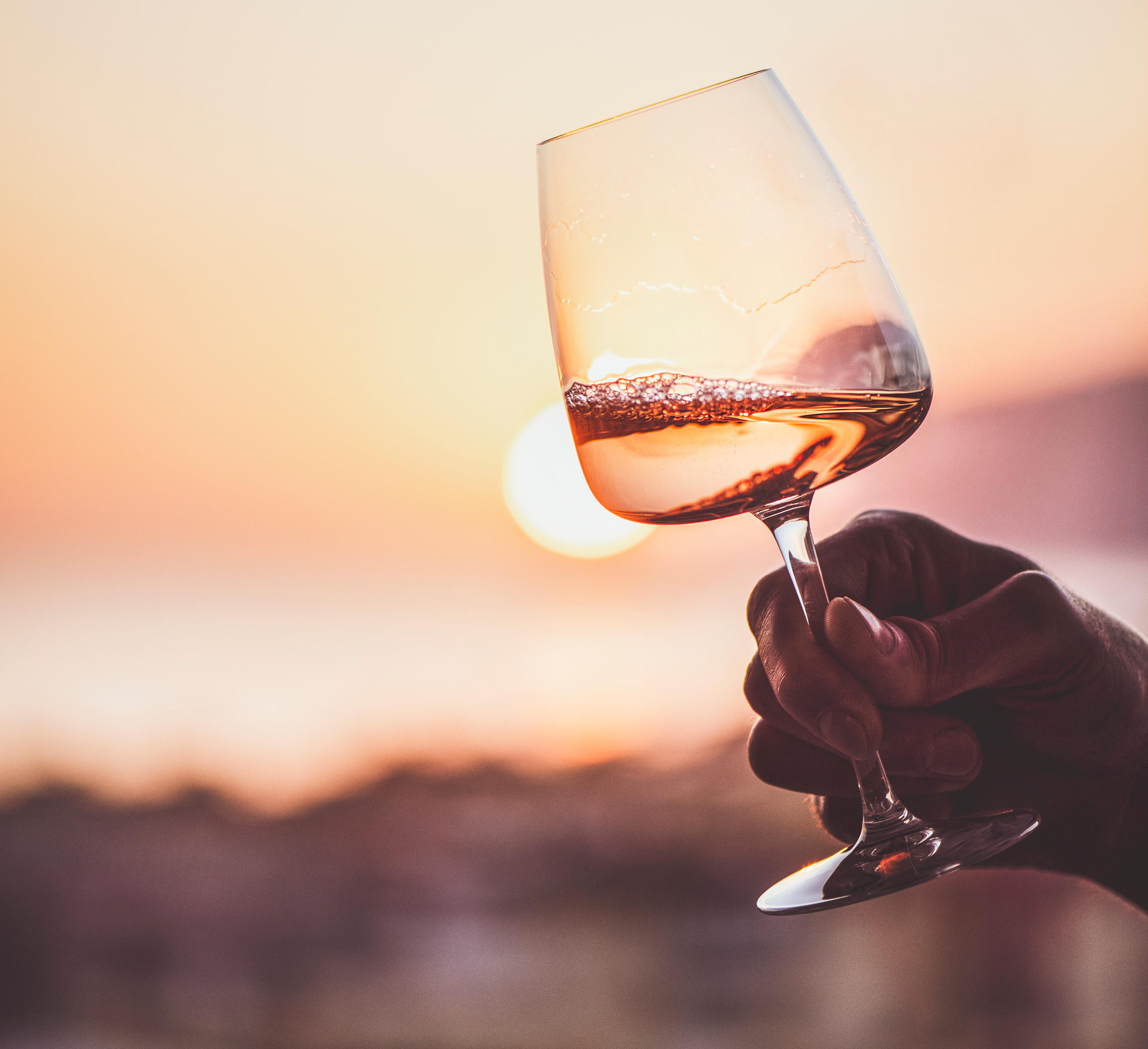
5 perfect rosé magnums for sipping in the sunshine this summer
Red is for red meat and white is for poultry and fish, but what is rosé for? The answer is
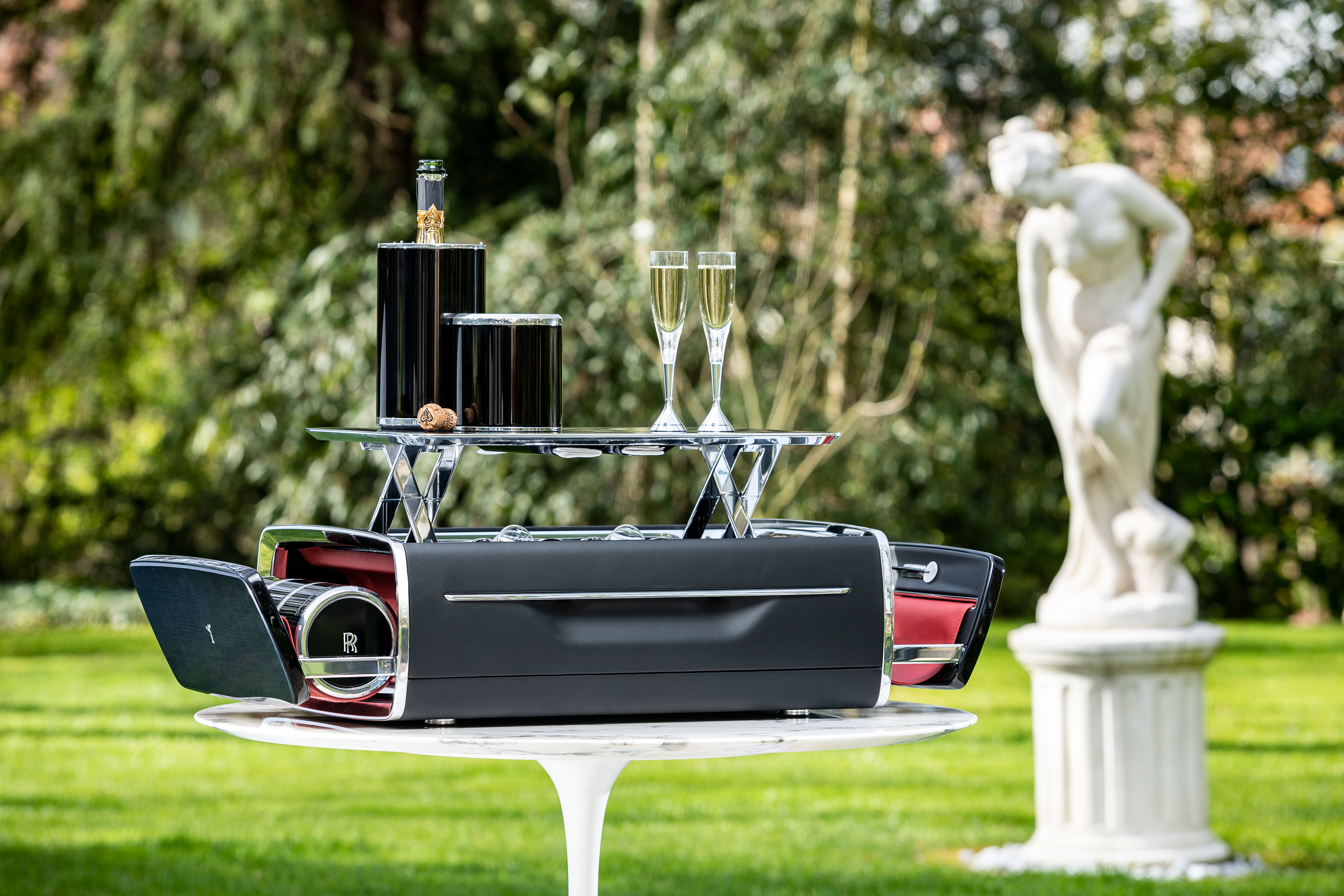
Credit: Rolls-Royce Motor Cars
The newest addition to the Rolls-Royce fleet? Not a car, but a rather incredible Champagne chest
For the places that their famous cars cannot go, Rolls Royce have created the perfect dining companion, perfectly paired with
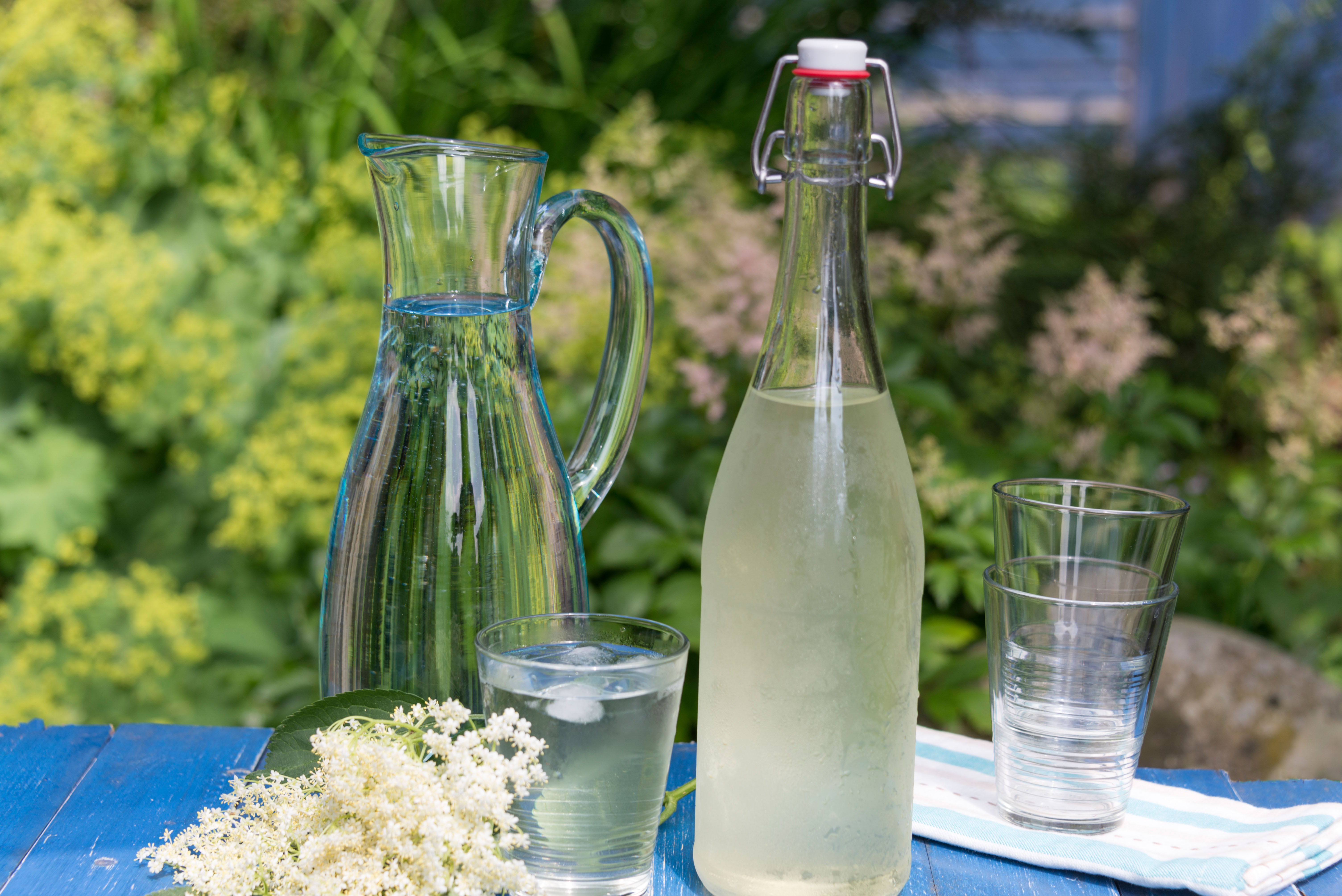
Beyond Pimm's: Five delicious summer drinks, from gin and beer to elderflower champagne
As the sun makes its usual sporadic and dismal efforts to warm Britain up as summer approaches, thoughts turn to
-
 Some of the finest landscapes in the North of England with a 12-bedroom home attached
Some of the finest landscapes in the North of England with a 12-bedroom home attachedUpper House in Derbyshire shows why the Kinder landscape was worth fighting for.
By James Fisher
-
 The Great Gatsby, pugs and the Mitford sisters: Country Life Quiz of the Day, April 16, 2025
The Great Gatsby, pugs and the Mitford sisters: Country Life Quiz of the Day, April 16, 2025Wednesday's quiz tests your knowledge on literature, National Parks and weird body parts.
By Rosie Paterson
-
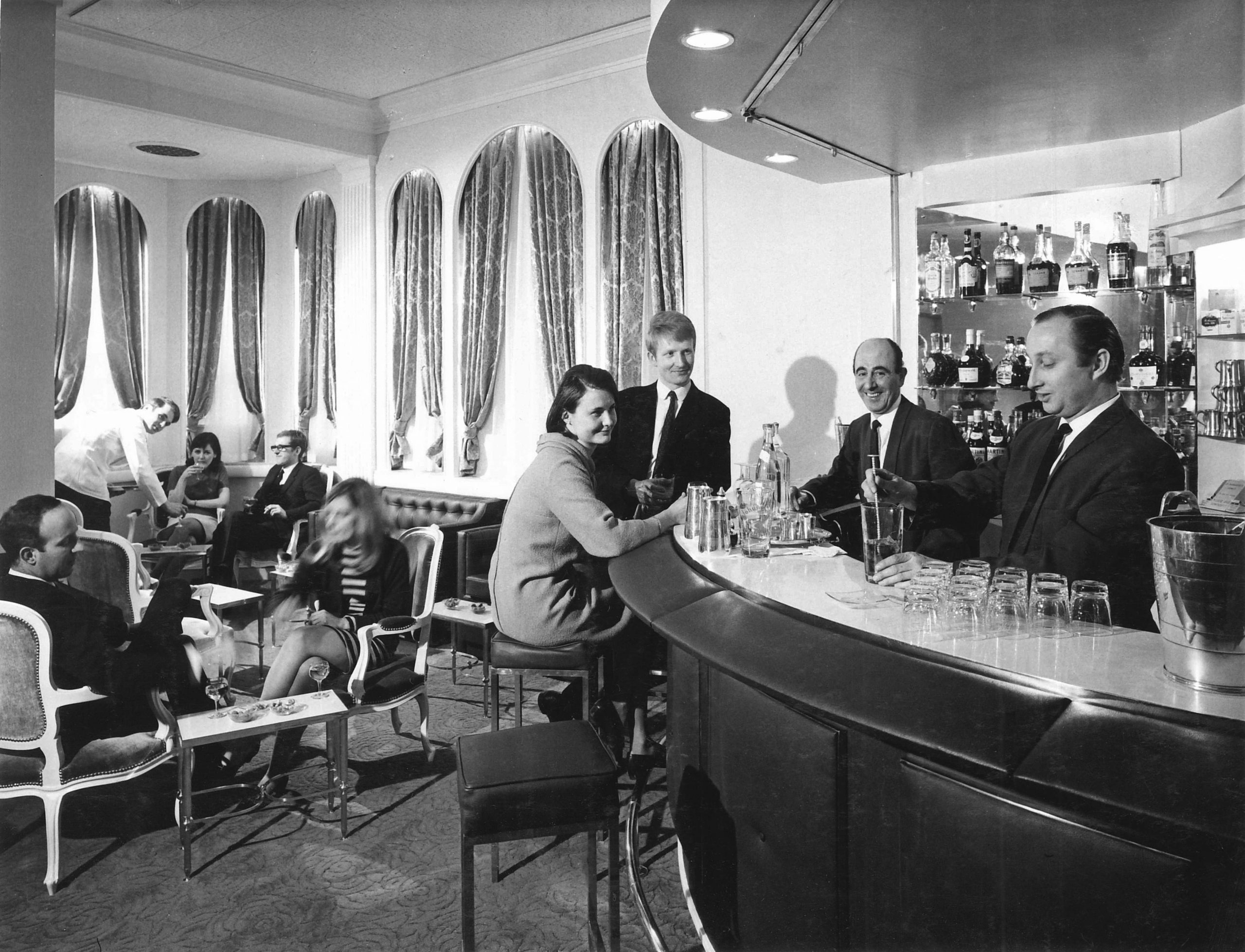 The iconic American bars in London perfect for lifting a Thanksgiving cocktail
The iconic American bars in London perfect for lifting a Thanksgiving cocktailGlamorous American bars were once a familiar sight in London, catering to US and British citizens alike, but only two of the historic ones remain. On the eve of Thanksgiving, Robert Crossan goes in search of both.
By Rob Crossan
-
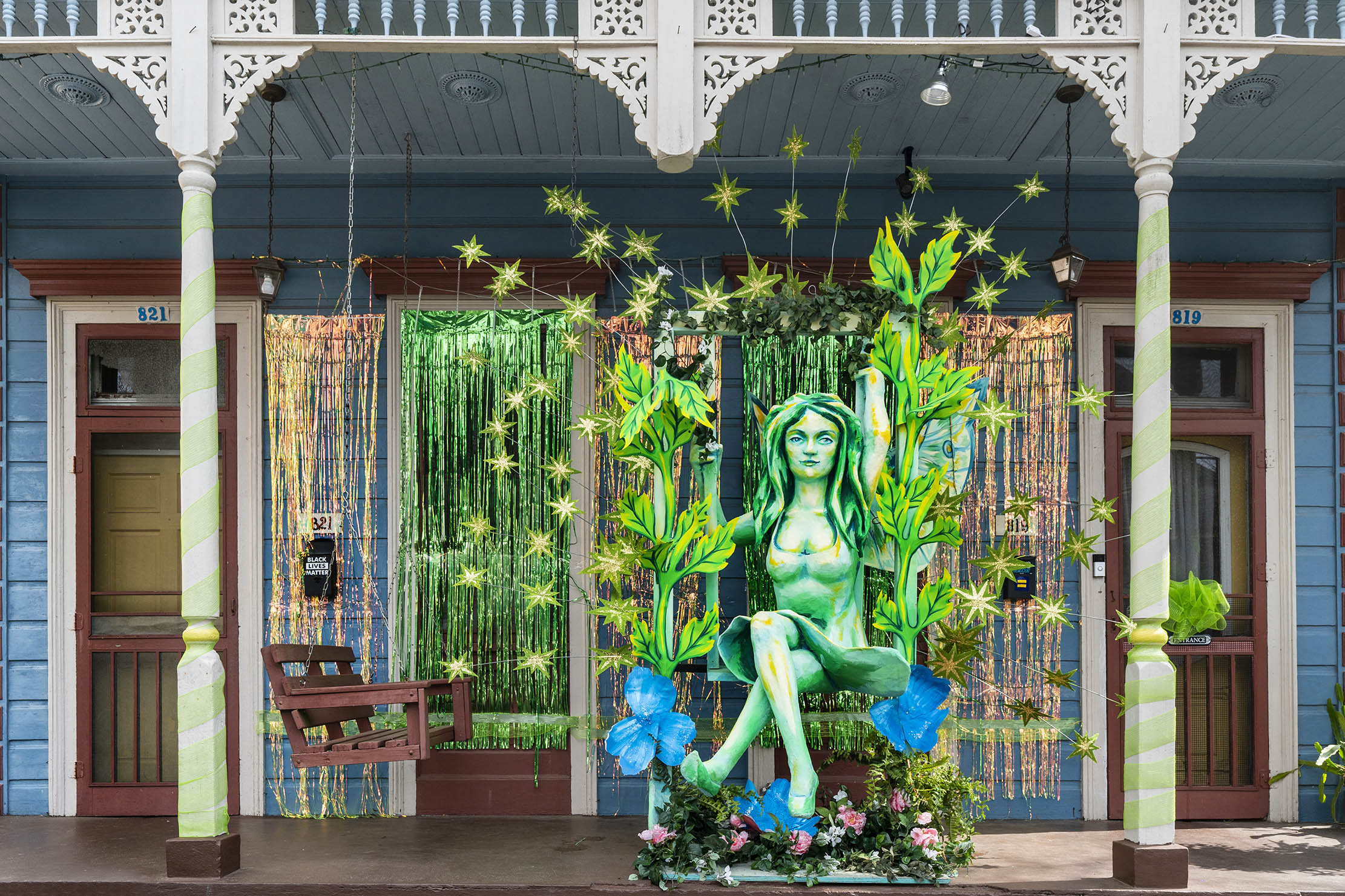 Curious Questions: Why was absinthe banned?
Curious Questions: Why was absinthe banned?Absinthe is almost unique among alcoholic spirits for having been outlawed in even some of the world's most liberal countries — but how did that happen? Martin Fone traces back the story to find the tales of debauchery, hallucination and even murder that once gave the drink its bad name — and looks at how it's returned to prominence.
By Martin Fone
-
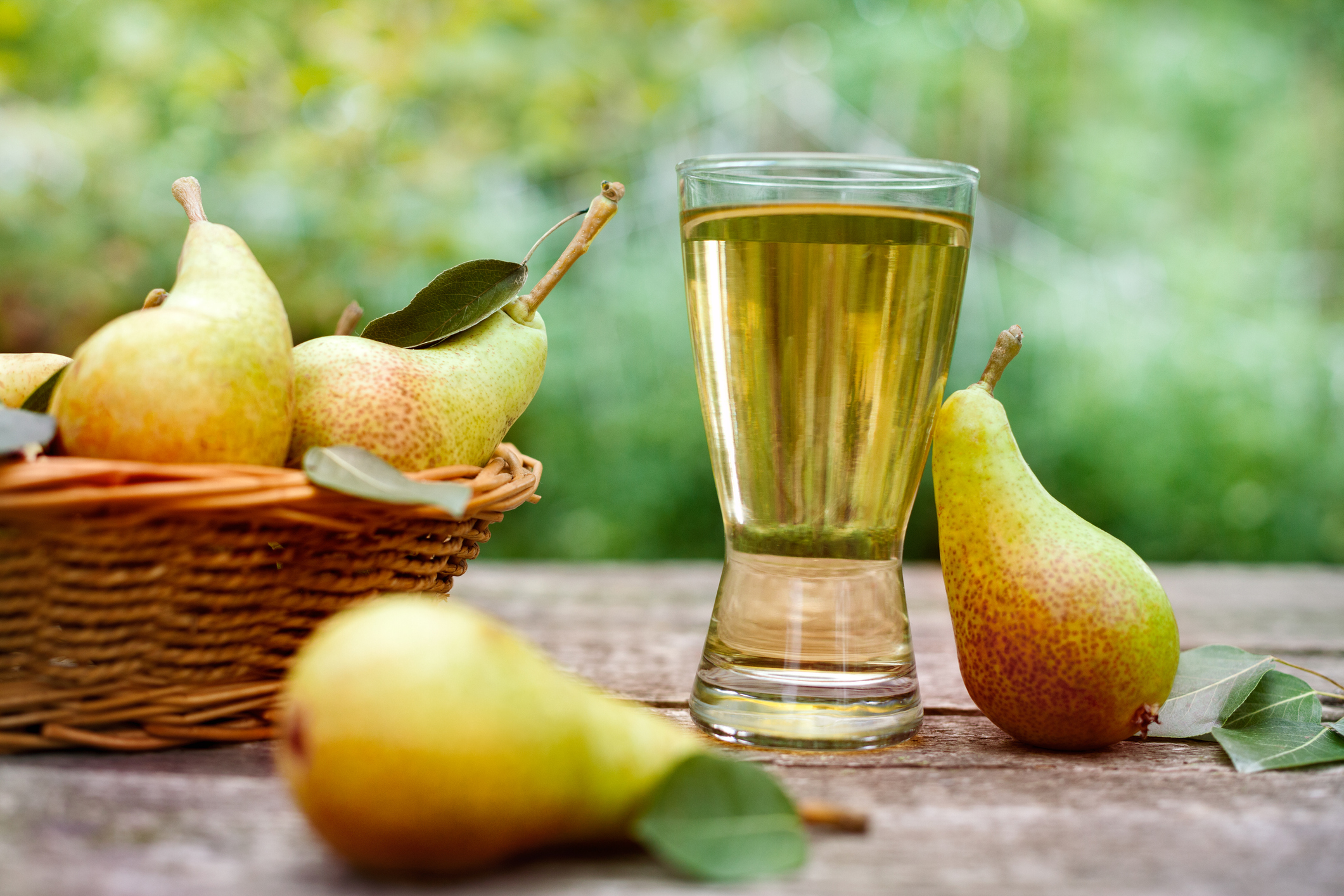 Perry: The pear cider dubbed 'the English champagne' that's been an English passion for centuries
Perry: The pear cider dubbed 'the English champagne' that's been an English passion for centuriesNot to be confused with cider, the art of perry-making is more than a craft — it’s an English passion. Ben Lerwill meets some of our best producers of fermented pear juice.
By Ben Lerwill
-
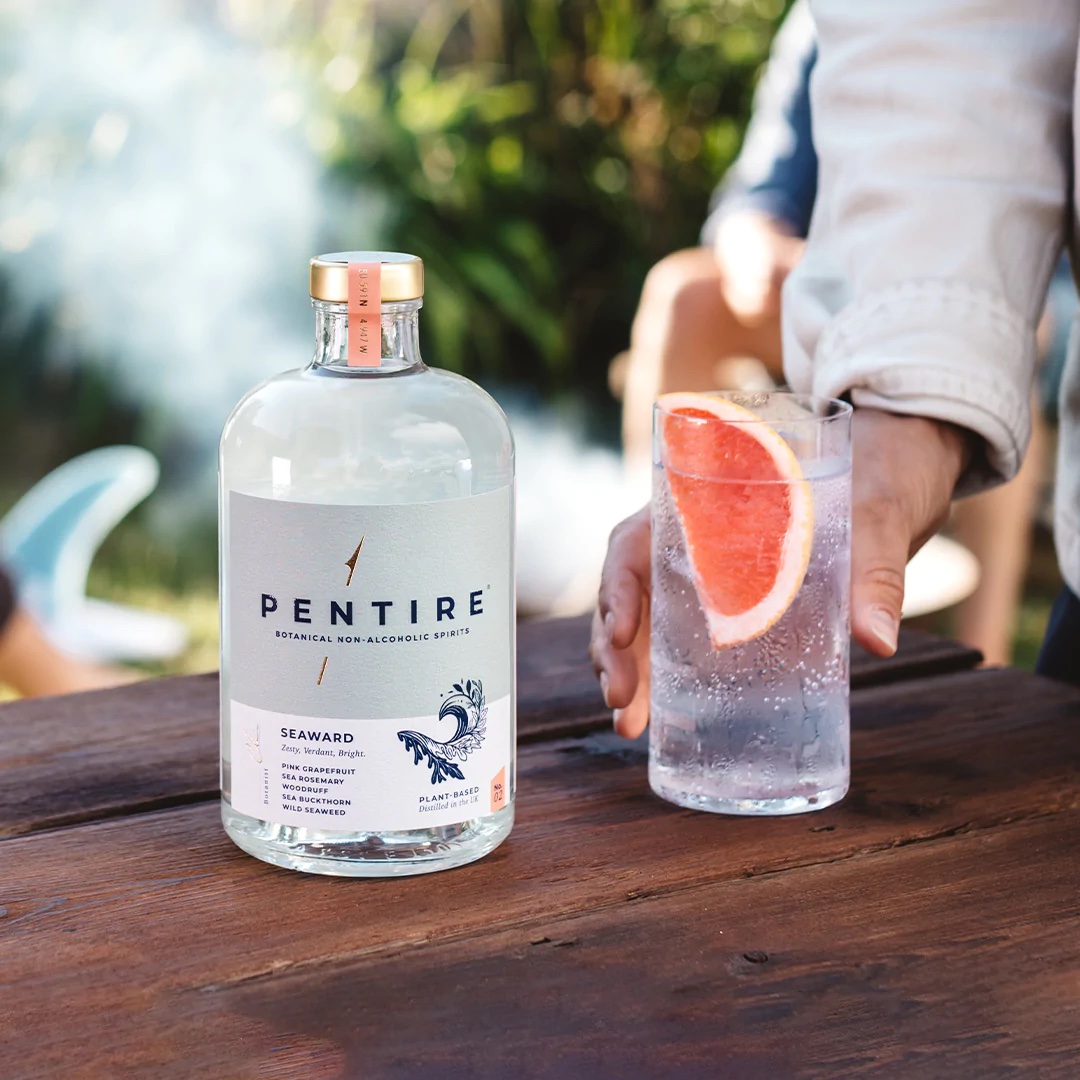 Seven of the best non-alcoholic spirits to help get you through Dry January
Seven of the best non-alcoholic spirits to help get you through Dry JanuaryWhether you’re doing it for health reasons or simply for a New Year’s challenge, giving up alcohol isn’t necessarily all that easy. To help you on your way, the Country Life office put a variety of non-alcoholic spirits to the test. Here’s what we found.
By Rosie Paterson
-
 Hangover cures from some of Britain's greatest writers
Hangover cures from some of Britain's greatest writersFrom Hemingway to Wodehouse, we reveal the hangover remedies of literary greats.
By Emma Hughes
-
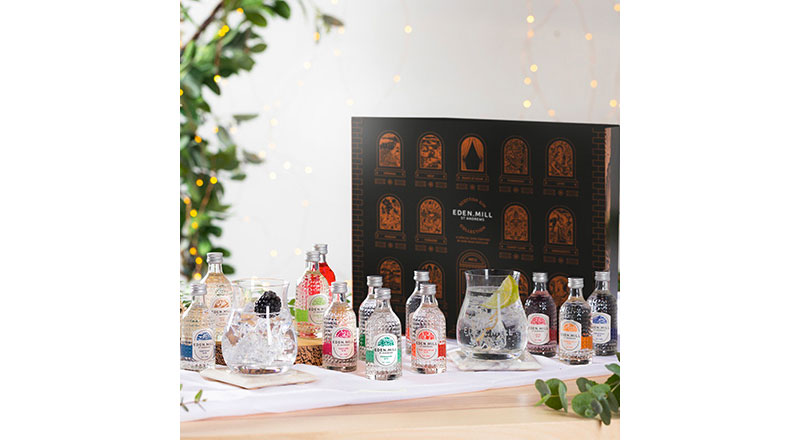 Christmas drinks gift guide: Best gin, best whisky, beer and more for the festive season
Christmas drinks gift guide: Best gin, best whisky, beer and more for the festive seasonWhether you're keen to pour your own draft beer, drink Cotswolds whisky or enjoy a raft of different gins, we've got you covered.
By Toby Keel
-
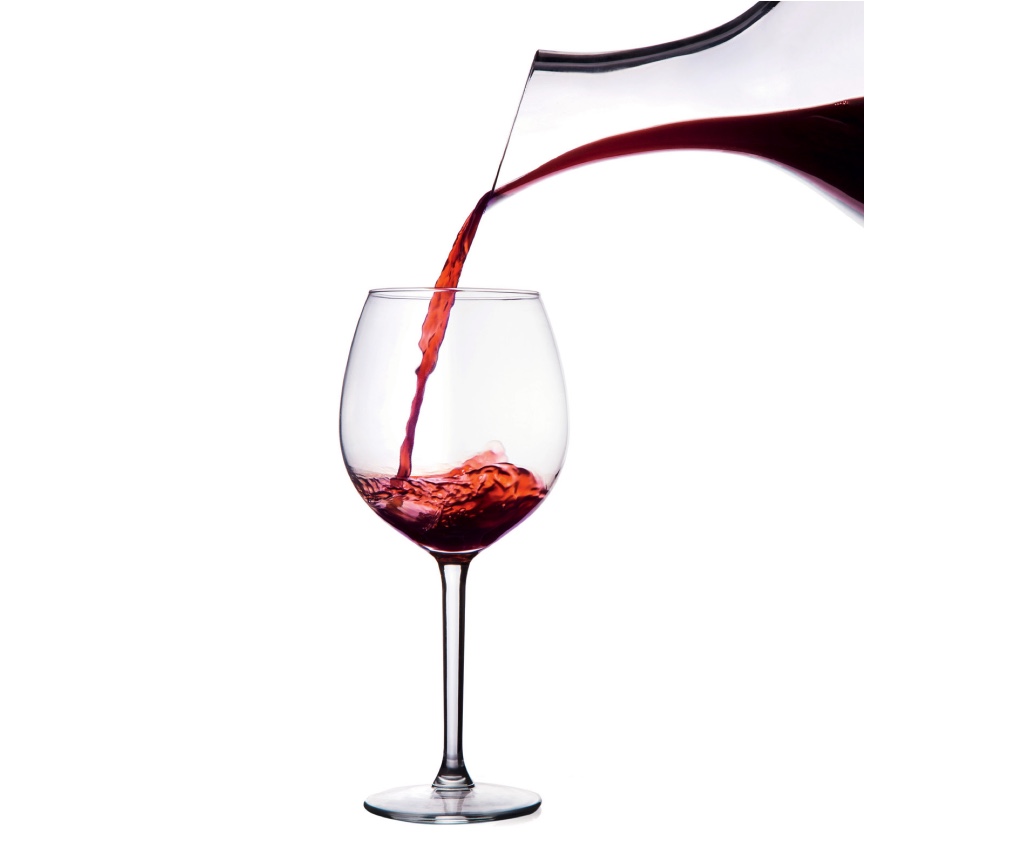 How to decant wine — and why
How to decant wine — and whyIs your decanter gathering dust at the back of a cupboard? If so, says Harry Eyres, it’s high time you started using it to breathe more life into your wine.
By Harry Eyres
-
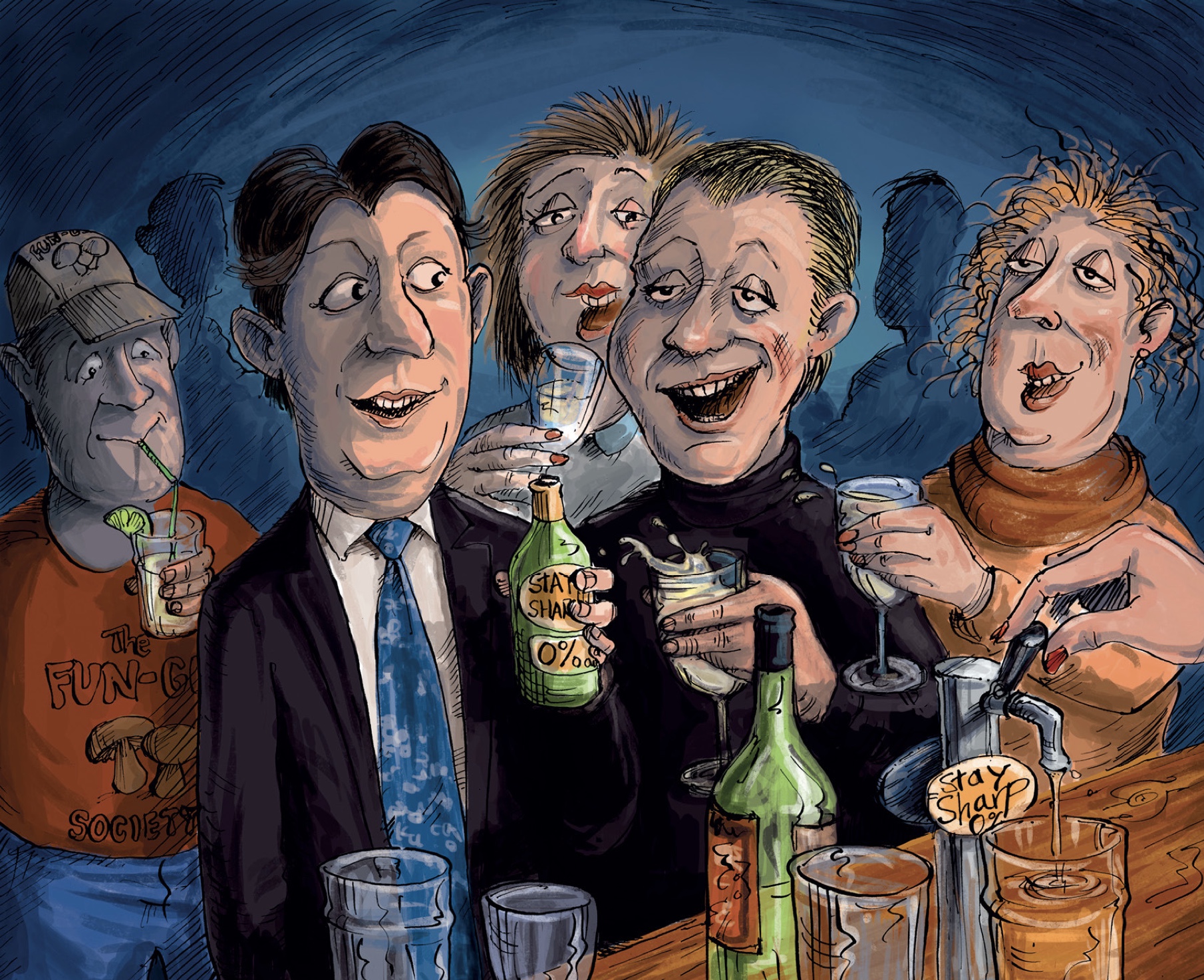 Curious Questions: What is it REALLY like giving up alcohol for a lifelong lover of fine wine?
Curious Questions: What is it REALLY like giving up alcohol for a lifelong lover of fine wine?Sobriety is easier and more interesting than it used to be, finds Giles Kime, who has spent the past year exploring the unanticipated delights of alcohol-free beer.
By Giles Kime